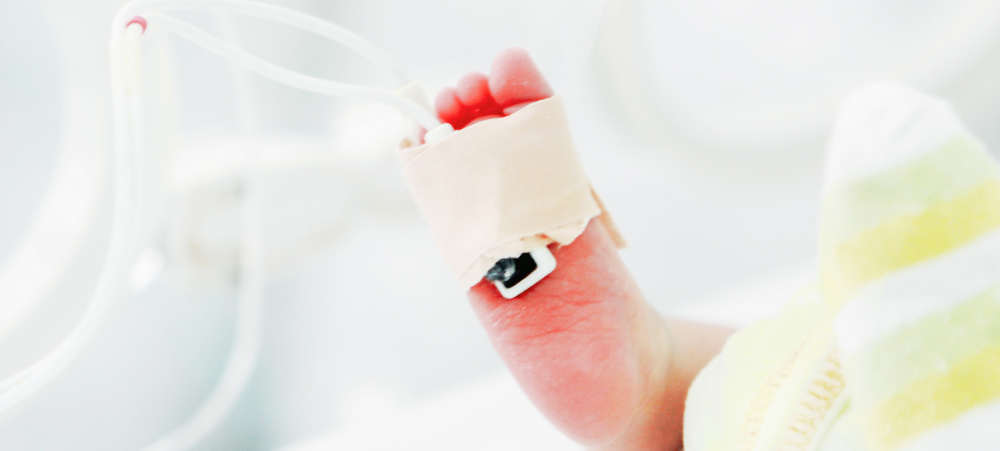
Holidays are going to look a little different this year
Here’s what you can expect… Since hitting alert level 1 of the lockdown, the travel industry breathed a collective sigh of relief. They could finally re-open their doors to guests and travellers again. But the jury’s still out – what exactly will leisure travel during a pandemic look like? Shaun Lamont, Managing Director of First Group, says, “There is no doubt that the travel industry is in the process of bouncing back with a bang, but for guests, holidays won’t look or feel exactly the same as they did pre-COVID. Establishments are expected to prove they have taken every precaution to keep their travellers safe and this, combined with various legislation, makes for a very different getaway experience.” To help mentally prepare those who have booked time away during the pending October and/or December holidays, Shaun offers 4 things that you can expect on your next trip: 1. Masks: Usually reserved for Halloween exclusively, the Disaster Management Act states that face masks must still be worn in public places, except when undertaking vigorous exercise. This unfortunately includes if you are simply taking a stroll around a resort, sitting at a restaurant or are in the lobby of a hotel. 2. Sanitisers, thermometers and paperwork: For many, COVID screening has become part of our daily lives. Sanitising and temperature checks are the norm as is the paperwork that comes with it. As a traveller however, be prepared for reems more than usual. For example, if you are flying you are likely to be asked to fill in an extensive Traveller Health Questionnaire in addition to filling in an equally extensive COVID screening form (per guest) on check in. If you lucky, some hospitality establishments, like First Group, have downloaded the OPUS4Business app, the official app for the Tourism and Hospitality Industry. It is easy, paperless and a much faster way to record compliance with industry protocols and seamlessly manage the required health screening of all persons entering an establishment. This still does take a little longer than usual though, so remember to leave ample time for checking into your accommodation as well as your flights. 3. Beach swimming – Whilst we’re allowed back on the beaches, many municipalities have still limited swimming to surfers and bodyboarders only, with no regular swimming permitted. It will be worth checking with your hotel or resort prior to arrival to ensure that your expectations are managed 4. Limited capacity: It is important to keep in mind that the number of people allowed in a space is still limited to 50% capacity in many cases, as per Government regulations (whether it’s the hotel restaurant, an event or visiting an attraction), so make sure you get there early to avoid the disappointment of being turned away. “While guests’ health and safety is a top priority, people are also longing for human connection and new experiences. As the world of travel reopens, First Group is ready to help guests do what they’ve been dreaming of during the lockdown – exploring new places, experiencing the joy of reconnecting with friends and family, de-stressing and re-energising. Our mission is to help people once again enjoy the benefits that travel brings, and to do so safely. There is nothing quite as magical as making lasting memories with friends and family, and time away from home is a great way to create these,” Shaun concludes.


































